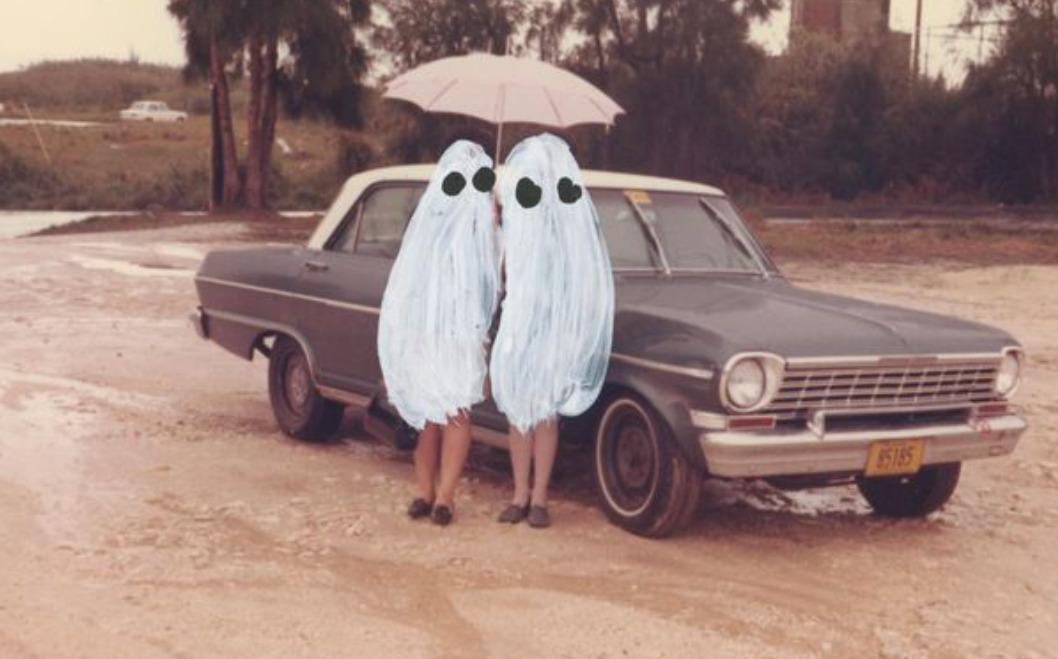Art & Finance Newsletter #24 - Art Basel HK 29th - 31st March
Back in Shanghai and preparing for next weeks Art Basel Hong Kong. If you are in Hong Kong next week and planning on attending ABHK do let me know. It would be a pleasure to take a swing through together.
On to the art market...
Disgruntled Collectors & Jeff Koons
You can’t rush perfection. That’s the message Gagosian has been sending in court as it fights a two-front legal battle against disgruntled collectors who are furious that the gallery has not delivered on promised sculptures they bought by Jeff Koons.
On Monday, a New York state court judge allowed The Matrix producer Joel Silver’s lawsuit against Gagosian to proceed, albeit reluctantly. Gagosian had sought to dismiss the case, which stems from the delayed production of Koons’s Balloon Venus Hohlen Fels, a technically complex sculpture that Silver agreed to buy for $8 million in 2014.
The legal drama continued on Wednesday, when a different New York judge encouraged the Museum of Modern Art trustee and asset-management executive Steven Tananbaum to reach a settlement with Gagosian in a dispute over three similarly delayed sculptures.
Artnet - Disgruntled Collectors & Jeff Koons
Divine Provenance
Some objects are valuable only because they belonged to someone famous — think David Beckham’s football boots, Bowie’s record player or just about anything belonging to Napoleon. Others have their value subtly — or not so subtly — enhanced by the person or people who owned them in the past.
When the spectacular jewellery of Elizabeth Taylor came up for auction at Christie’s New York in 2011, for instance, the top lots sold for up to 50 times their auction estimates, with the evening sale alone realising $116m, a world record for a private jewellery collection. Such was the global allure of the Rockefeller name that all 1,500 lots of the Peggy and David Rockefeller collection found new homes at Christie’s New York last year, establishing a new record for any private collection sold at auction. Its $832.5m total almost doubled that set by the Yves Saint Laurent and Pierre Bergé sale at Christie’s Paris in 2009, but here perhaps other forces were at work, too. For Saint Laurent was more than a celebrity and cultural icon. A passionate connoisseur of all kinds of works of art, he was renowned for his impeccable taste and exacting standards — and this kind of endorsement is what bidders were also desperate to buy into.
Those exacting standards involved considerations of quality, condition and rarity but also of provenance: the couturier and his partner, like many great collectors before them, were also not immune to the allure of works of art with an illustrious history. What is clear today is that provenance has become increasingly important in the art market. It is almost impossible to open a catalogue of a major auction or a dealer’s glossy brochure without seeing images of previous owners or the interiors in which the work of art was displayed. The reasons for this are manifold.
Collectors Ship Art Out of the UK
British institutions and galleries are rushing to ship works to and from the European Union (EU) before the Brexit deadline of 29 March as uncertainty mounts over the free movement of goods in the event of a no-deal scenario.
The British Council is sending all works for Cathy Wilkes’s Venice Biennale exhibition in Italy “well ahead of the 29 March deadline to avoid any possible disruption”, says a spokeswoman. Wilkes, who is based in Glasgow, Scotland, has been selected to fill the British Pavilion this year.
The organisers of the biennial’s Irish pavilion are also transporting works from Eva Rothschild’s London studio early to avoid any delays at British ports. “We don’t know what’s going to happen after 29 March but it’s not worth the risk of things getting held up at customs. The ramifications are huge,” says Mary Cremin, the commissioner and curator of the pavilion and director of the Void Gallery in Derry, Northern Ireland.
The pavilion is using Italian shippers who are “concerned about where the work is coming from and whether it’s within EU circulation”, Cremin says. She notes that the early deadline has created “a lot of pressure” for Rothschild, who has had less than a year to conceive and fabricate new sculptures for the exhibition.
Confusion over the so-called Irish backstop could create further problems. After Venice, Rothschild’s work is due to be toured throughout Ireland, starting at the Visual Centre for Contemporary Art in Carlow and ending at Void Gallery. The Republic of Ireland will remain part of the EU after Brexit; Northern Ireland will not. “That may impact whether the works come to Derry or not,” Cremin says. “It all depends if it’s a hard or soft border and what the implications are customs-wise.”
The Art Newspaper - Collectors Ship Art Out of the UK
Panel Discussion this June in Singapore
I've been invited to speak on a panel in Singapore at the Global Migration & Overseas Wealth Management conference this 12th June.
The panel will be covering Structuring Risks and Insurance Strategies for Collectible & Alternative Assets.
Happy to have Rhiannon Alban-Davies, Manager of Fine Art, Jewelry & Specie at Willis Towers Watson Hong Kong, join the panel as well.
Speak soon,
Blake
